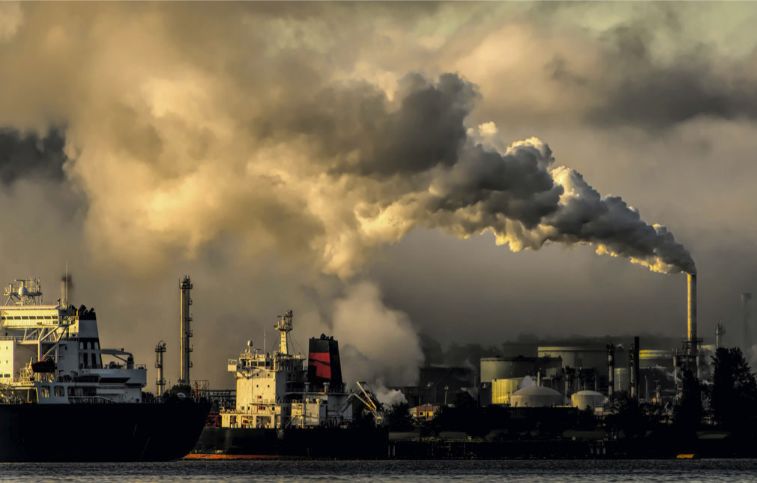According to Gary Nagle, CEO of Glencore, the world will soon face a severe copper shortage. This deficit, according to Nagel, poses a threat to the global community’s goal of limiting global warming to 1.5 percent. During a Tuesday presentation to shareholders, Nagle warned, “There will soon be a copper shortage, but the world does not appear to grasp this.” Glencore is one of the largest producers in the world, producing approximately one million tons of copper annually.
Nagle says copper demand threatens to exceed available supply by 50 million tons in 2030. “That is equivalent to shutting down global copper production for two years,” he says. Nagel believes the rapid rise in copper demand is due to the expansion of renewable energy and the electrification of transportation required to meet climate goals.
Glencore refers to the International Energy Agency (IEA) for its model calculations. According to them, copper demand for the construction of wind turbines, solar plants, battery storage, and new power grids will increase by 100 million tons by 2030. For the expansion of electromobility, an extra 20 million tons will be added. The global demand for copper is anticipated to level off at around 350 million tons. This demand is a big problem compared to an anticipated supply of approximately 300 million tons.
The goal of removing as much net carbon dioxide from the atmosphere by 2050 as is produced is in serious jeopardy due to the shortage of copper, warns Glencore CEO Nagle.
Despite the anticipated increase in demand, Glencore is hesitant to expand its copper production. Expansion of existing mines could increase output by as much as 60%. Glencore operates large mines with expansion potential in the Congo, Peru, and Chile, among other locations. However, the commodities giant has no plans to increase copper production within the next three years.
Nagle emphasized that Glencore desires an increase in prices before increasing production. “We will not rush to increase production,” he said. “Only when the market is begging for copper, and prices are within a few dollars of destroying demand, do we introduce additional copper supply to the market.”
Copper prices are currently trading at around $8000 per ton. Glencore CEO Nagle said he would like to see a high copper price for a longer amount of time before developing new mining projects. Glencore has secured access to a yet-to-be-developed mine in Argentina.
At the same time, the commodities group seeks to increase its dominant position in other metals required for the energy transition. The group is the world’s largest cobalt producer, also used in electric car batteries.
Despite Nagle’s desire to position the company as a supplier of raw materials for the energy transition, he is also holding on to the company’s coal production. Glencore plans to produce 110 million tons of coal annually by 2025. As a native South African who led the Swiss commodities giant’s coal business for many years, Nagle is aware of the extent to which developing nations continue to rely on the fossil commodity. According to him, the objective is to ensure energy supplies for today and tomorrow.
Nagle projected pretax earnings (EBITDA) of $28.7 billion and a free cash flow of $14.5 billion for the coming year. This increase is a substantial change from the previous record set in 2021, when Glencore generated a pretax profit of $21.3 billion and a free cash flow of $16.7 billion.
This outlook persuades analysts such as US bank Jefferies, who issued a buy recommendation on Glencore’s shares on Tuesday. The price target of 700 established by the bank’s analysts represents an upside potential of 27%.
However, Nagle’s share price prediction is controversial among shareholders. In April, more than 20% of shareholders voted against the company’s climate plan, which calls for a gradual reduction in coal production over the next three years while maintaining stable output. A small group of activist investors has called for the coal business to be spun off. Nevertheless, Nagle has continued to resist this idea.












